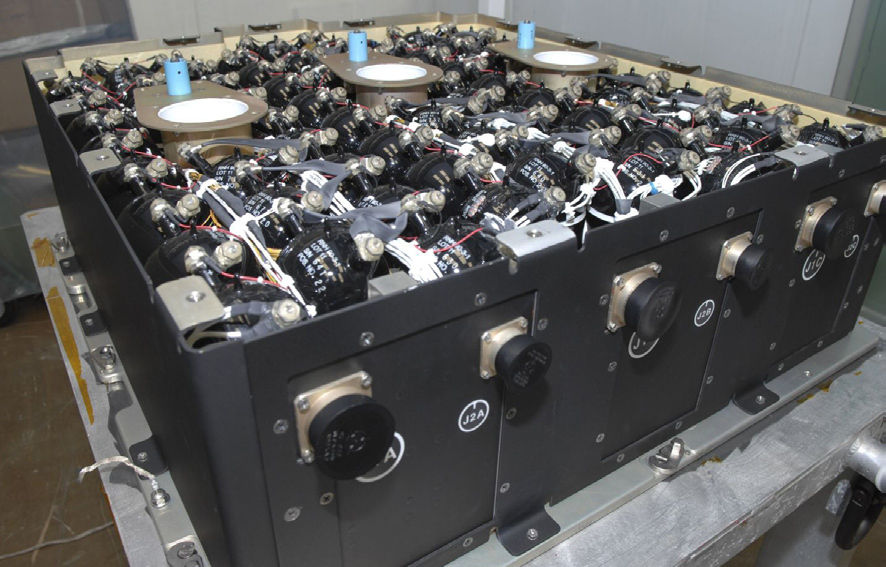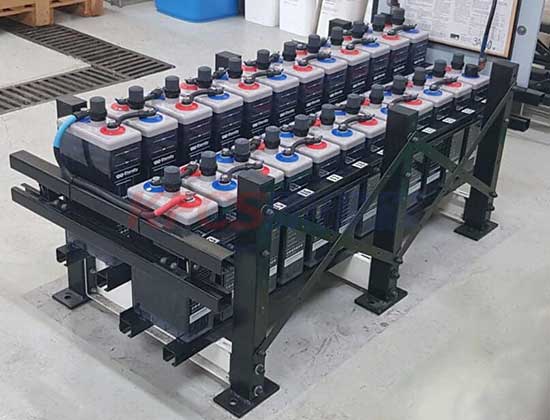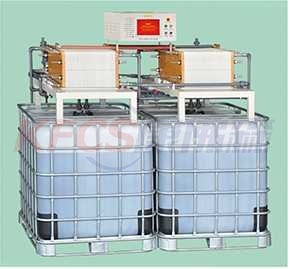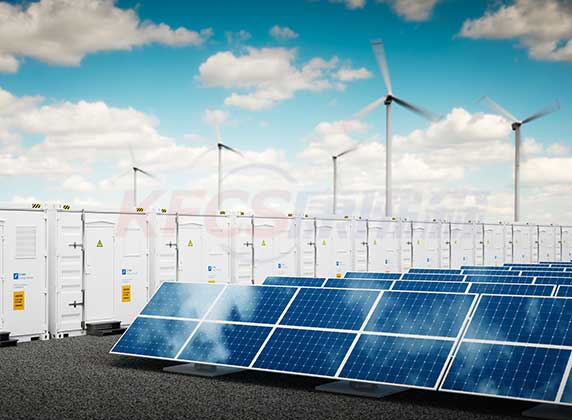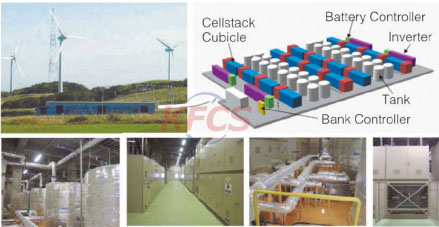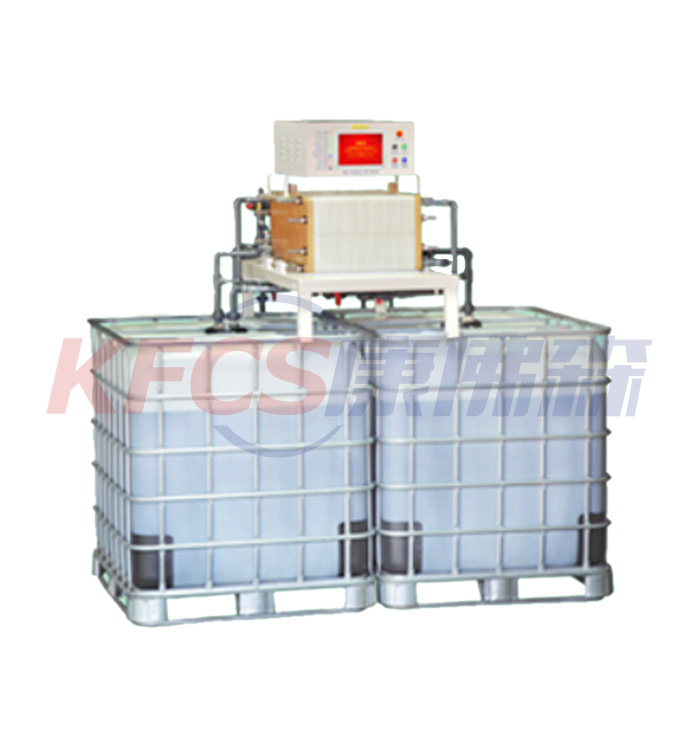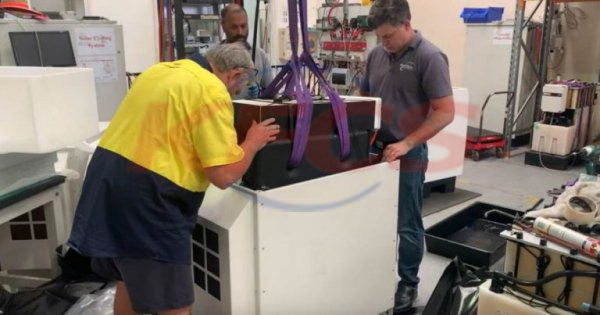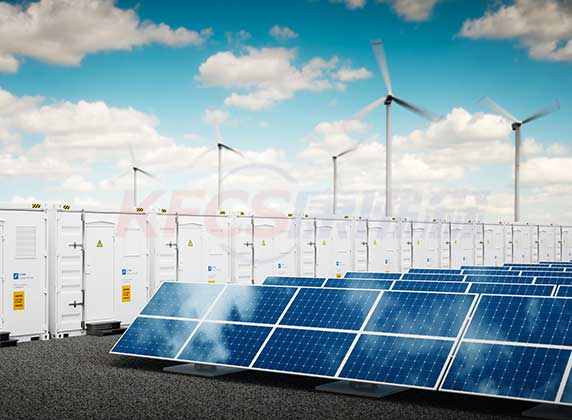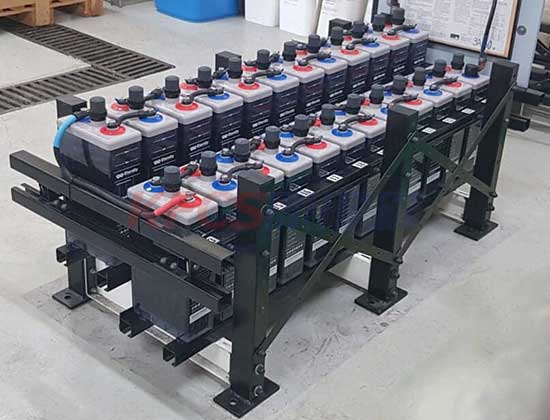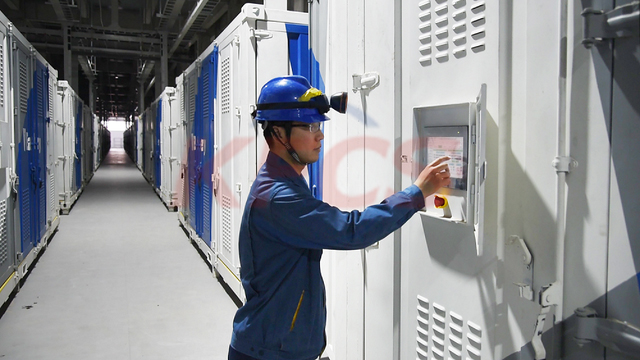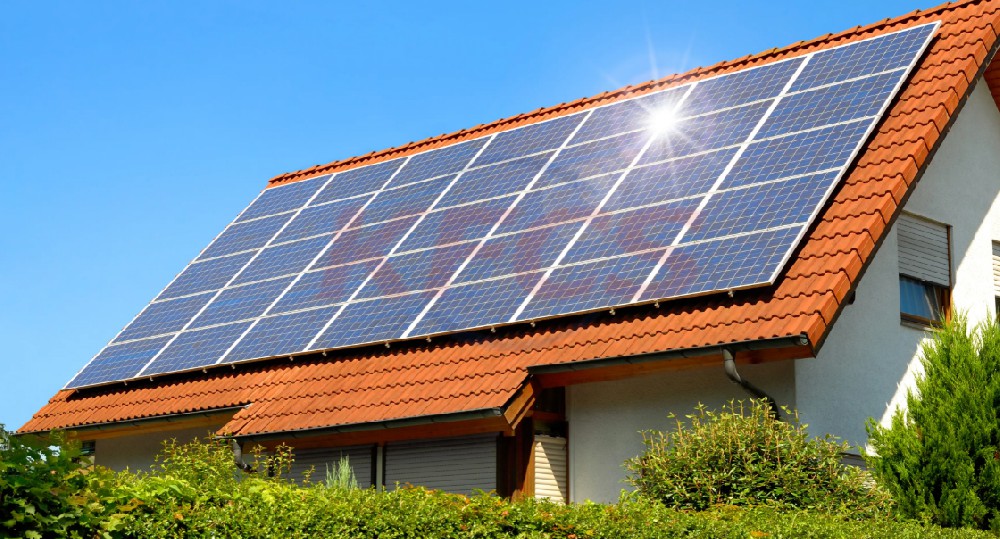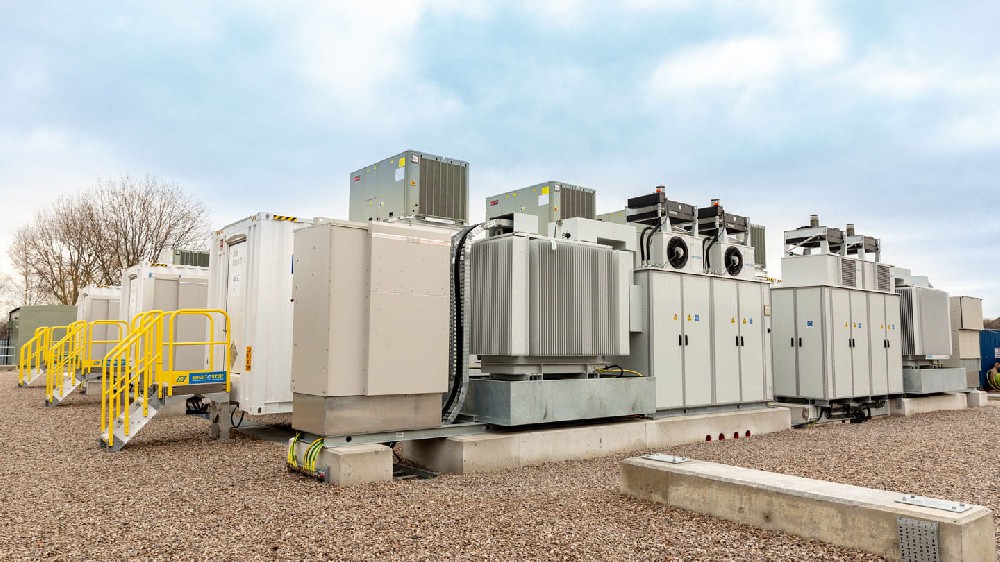Types of thin-film solar cells and their advantages and disadvantages
Thin-film solar cells use less materials, so the cost of each module is significantly lower than that of stacked solar cells, and the energy required in the manufacturing process is also smaller than that of stacked solar cells. Integrated version of the connection module, which saves the cost of fixing and internal connection of separate modules. Thin-film solar cells are new photovoltaic devices to alleviate the energy crisis.
Types of Thin Film Solar Cells
Now, thin-film solar cells need to achieve two goals: one is to be flexible enough to be attached to the surface of large building materials, and the other is to achieve the same efficiency as conventional solar cells, or even higher. Compared with traditional solar panels, thin-film solar panels obtained by different preparation techniques have different advantages and disadvantages. Thin film solar panels are often named after the type of semiconductor material.
1. Amorphous silicon (a-Si)
Amorphous silicon is the earliest and most mature for thin-film solar cells. This may be because crystalline silicon has long been used in traditional solar cells, and people have a better understanding of the properties of silicon electrons.
Advantages: Unlike crystalline silicon, amorphous silicon has a high solar absorption rate, making it possible to make a thin film structure, and also effectively reduce the cost. Due to its abundant raw materials, non-toxic, high quality and low price, amorphous silicon quickly became the first thin-film method and entered the mainstream.
Disadvantages: Due to its low conversion efficiency, most of them only appear in small-scale and flexible electronic products.
2. Cadmium telluride (CdTe)
CdTe-based solar cells are the second most popular photovoltaic technology, with a stable conversion efficiency of around 5% and a simple and rapid fabrication process. Comparable to silicon-based materials, the improvement of conversion efficiency also promotes its application.
Pros: CdTe is cheaper than silicon-based solar cells and, more notably, has minimal carbon emissions and a payback period. Although CdTe, along with other thin-film materials, still lags behind conventional c-Si panels in terms of efficiency. However, the gap is shrinking, and in 2015, a company called First Solar made CdTe solar panels with an average commercial efficiency of 16.1%.
Disadvantages: One of the main disadvantages of CdTe is that it has to be made of "extraordinary" materials. Cadmium is a highly toxic substance that can accumulate in the food chain like mercury, which goes against the concept of being environmentally friendly, safe and non-toxic. Many institutions and laboratories are looking for environmentally friendly, conversion-efficient alternatives, and solar manufacturers are exploring ways to recover and recycle cadmium-containing materials to address environmental concerns.
3. Copper Indium Gallium Selenide (CIGS)
This solar cell is another popular type of semiconductor. The technology to prepare CIGS is gaining traction in Europe and Japan, and is used by producers around the world to fully exploit the potential of the conversion efficiency of environmentally friendly materials.
Advantages: The advantage of CIGS is that it is an environmentally friendly material, which is beneficial for manufacturers to pursue long-term interests. Compared with other thin-film materials, solar cells made of this material have higher potential efficiency and greater thermal resistance. Because it is not easy to decompose, it has great application potential in some equipment with high service life requirements.
Disadvantages: CIGS technology has not yet surpassed traditional silicon-based solar panels, but its conversion efficiency has also improved significantly in recent years. Although the efficiency based on laboratory synthesis exceeds 20%, the efficiency in practical applications is still less than half of the experimental value.
4. New copper zinc tin sulfur method (CZTS)
On the way to find solar cell materials that are both environmentally friendly and rich in raw materials, CZTS was discovered by scientists. CZTS and CIGS are similar in performance and preparation method, but their efficiency is lower.
Advantages: CZTS is composed of copper, zinc, tin, and sulfur selenides that are abundant on Earth. This means that the compound is environmentally friendly and inexpensive. But tellurium and indium in CdTe and CIGS are rare on Earth.
Disadvantages: CZTS is still in the early stage of development. In order to achieve commercialization, higher efficiency requirements are put forward. The conversion efficiency that can be achieved now is about 7.6%. Only with an efficiency of at least 20% can it become the best in its class.


